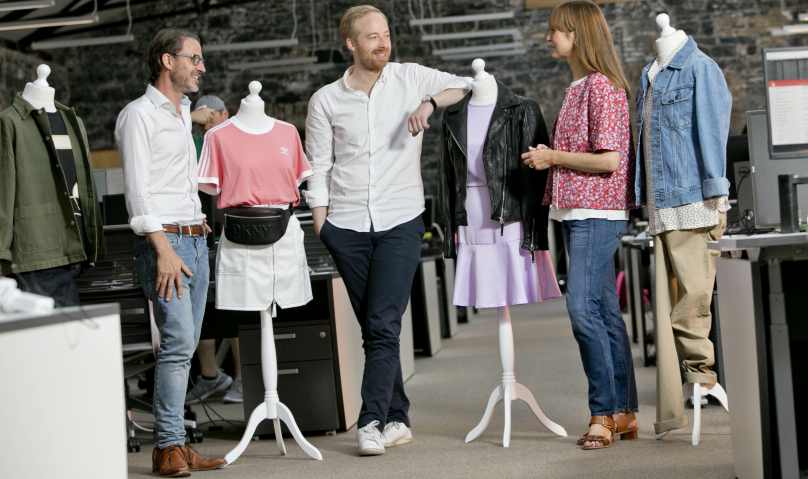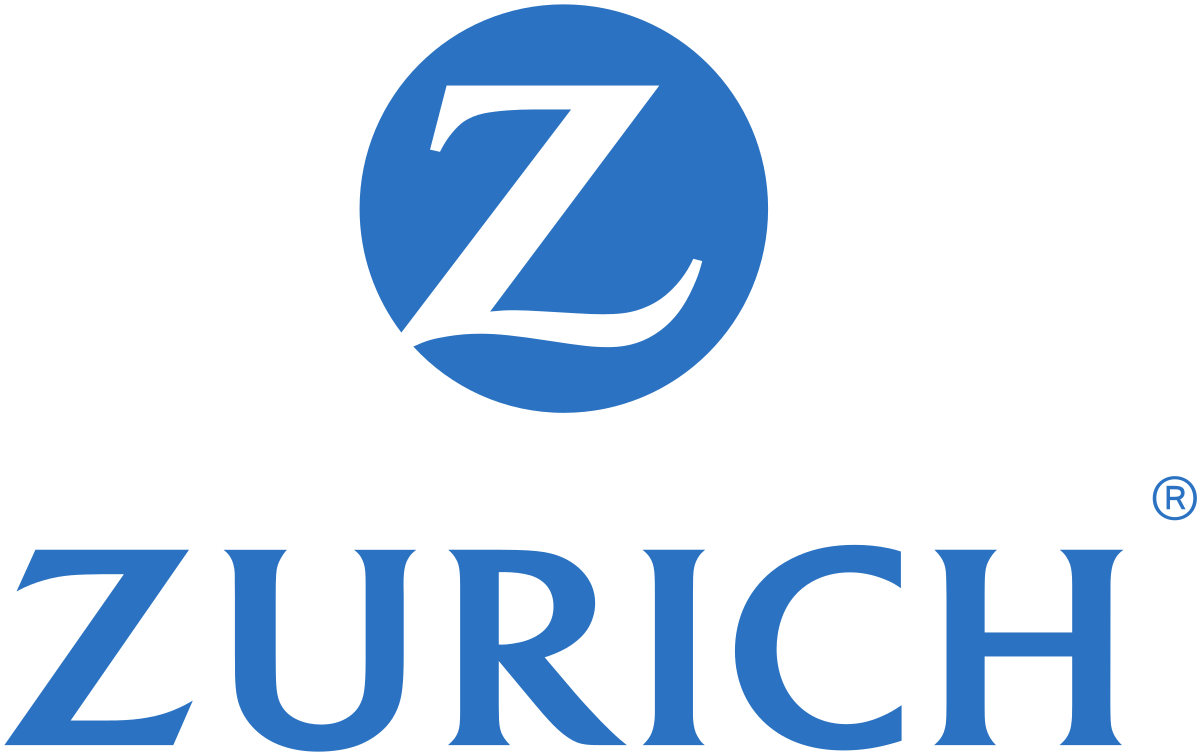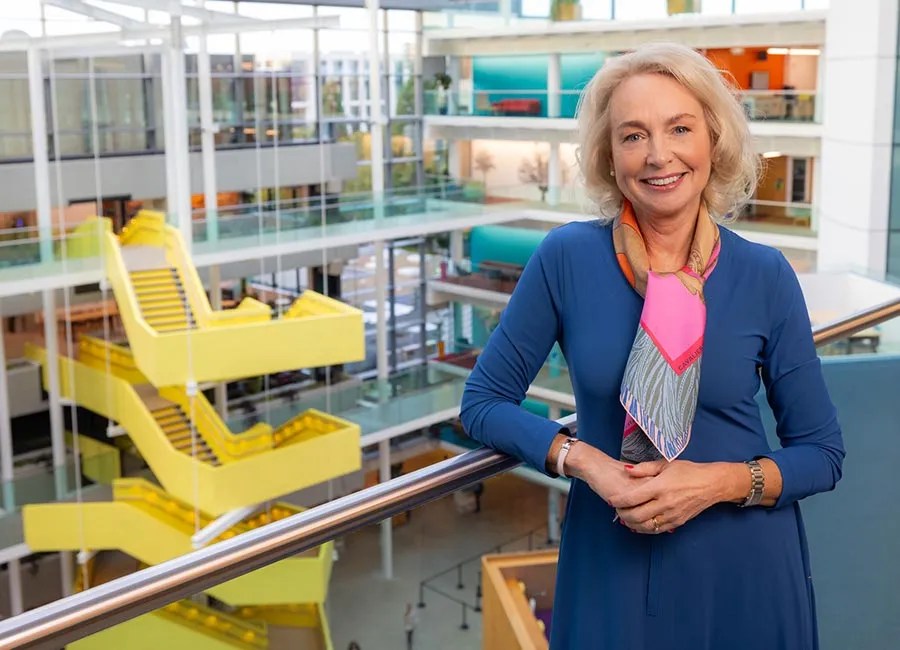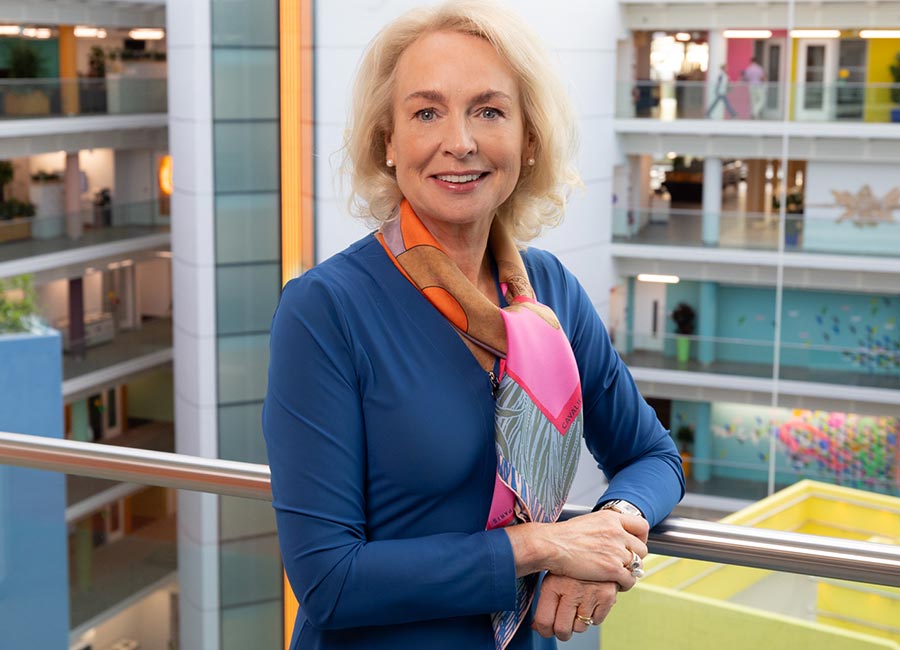State enterprise agencies constantly urge small retailers to consider online options as consumers increase their spend on internet shopping. Lobby group Retail Ireland says the biggest threat to bricks and mortar stores in Ireland is e-commerce, and the organisation wants the state to provide ‘proper funding’ to online sales businesses with an international focus.
In Budget 2019, Retail Ireland wants the government to announce funded training and financial support for businesses setting up online. “The budget should look at providing educational funding supports to upskill employees so they can establish or enhance their e-commerce capacity and digital strategies in order to acquire international custom,” says the organisation.
Competing online is easier said that done, especially as the competition online is much fiercer than from other shops down the road. In the clothing market arena, the players are sophisticated and have deep pockets, none more so than Zalando, a German venture that has a substantial R&D and technical arm located in Dublin.
Zalando is one of Europe’s largest online fashion stores for women, men and children. The company was established in Germany in 2008 and began operations in other countries the following year. The Zalando site offers apparel, shoes and accessories from almost 2,000 international and local brands and the site is localised for 17 European markets, including Ireland.
Like many of its online fashion peers, Zalando offers free delivery and returns. There are five fulfilment centres located across Europe as well as warehouses in Italy, France and Sweden. An ongoing operational focus is to shorten the delivery time as much as possible.
For every item on the Zalando website, there are at least five product photos, and site users can move around each image with their computer mouse to examine the item in more detail. When you move away from an item, the site retains it on the home page, so you can ‘pick up where you left off’.
Many other fashion sites offer the same level of sophistication. Such interfaces set the benchmark that consumers expect as they click around the web, and makes it very difficult for the smaller players to compete.
Gross Margin
What about the financial metrics? For a €100 transaction effected on Zalando, the company’s gross profit is €44. The fulfilment cost is €26 and the marketing cost to attract the buyer is €8. General overheads account for another €6, leaving a net profit €4.
This is what any existing or putative Irish online retailer of clothes and shoes is up against. A 4% margin on annual sales of €500,000 results in a profit of €20,000. That’s assuming that the 4% net margin can be achieved, as Zalando’s outcome benefits from economies of scale - the company’s turnover in 2017 was €4,490m.
Other metrics revealed in Zalando’s annual report highlight the challenge facing small online fashion players. On average, Zalando customers make 3.9 purchases a year, with an outlay of €65 per item. So each customer contributes just €10 to the bottom line. That works for Zalando, as it has 23 million active customers, though few of them are impulsive: only one in every 28 site visits results in an order.
This data gives some idea of the financial realities of fashion e-commerce, though there would appear to be plenty of opportunity. Zalando estimates that the fashion market in Ireland is worth €5.6bn, and only 6% of this is online, compared with 18% in the UK. Wheter this stat takes account of the huge volume of purchases by Irish consumers from UK fashion sites is unclear.
Fashion Insights
New entrants to the online fashion arena should be aware that the back-end to their online presence will require ongoing investment too. Zalando established its ‘Fashion Insights Centre’ in Dublin in 2015. The office has 110 staff after 49 new hires through 2017 (from 2,500 applications), and is largely focused on back-end tech for the company’s multiple websites, employing product managers, designers, data scientists and software engineers. According to the company, last year the Dublin unit wrote 8.7 million lines of code.
Zalando has other tech hubs in Berlin, Helsinki and Lisbon. Around 2,000 of Zalando’s 15,000 staff are involved in website-related technical functions, illustrating that for the online market leaders the improvement process never stops.
Earlier this year there was a major focus on speeding up the site loading time, especially for mobile devices, which account for 75% of traffic. Zalando’s research told it that a 100 millisecond (one-tenth of a second) loading time improvement leads a 0.7% uplift in revenue per session. So for five months the brain power of hundreds of the company’s geeks was devoted to improving site loading time from 2.7 seconds to 2.2 seconds.
All this is possible because Zalando has the capital markets in its corner. The company raised €600m in its October 2014 IPO, when shares were priced at €21.50. The stock was up to €48 recently, so Zalando can return to the markets for further capital if and when required. This is the reality that Retail Ireland’s fashion retailers are up against.
Photo: Zalando co-founder Rubin Ritter (centre) with Sean Mullaney and Deirdre O’Brien at Zalando's Fashion Insights Centre in Dublin









